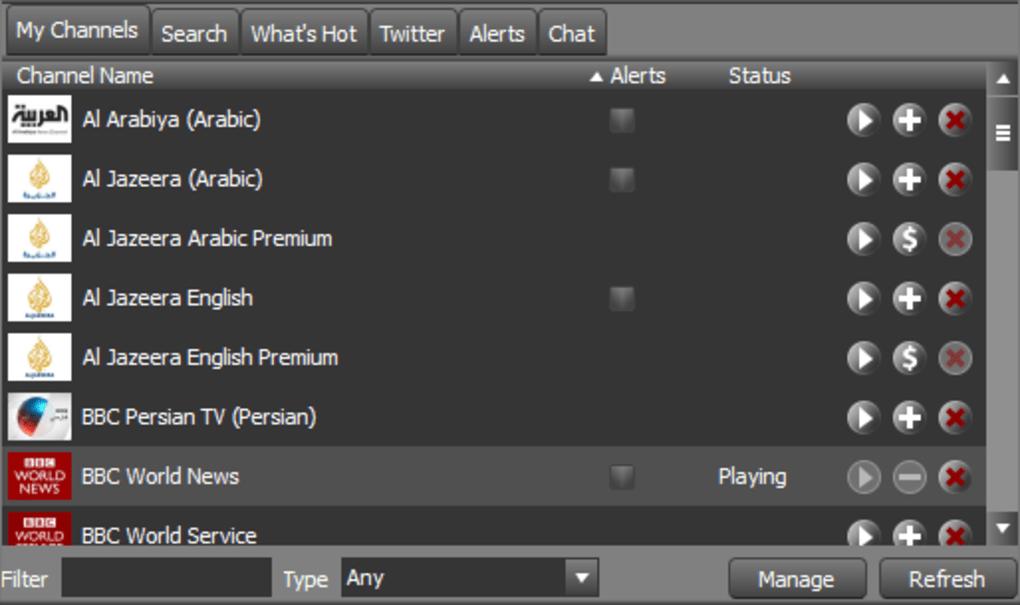

Livestation also allows for the distribution of content from peer to peer systems. Livestation allows for the distribution of content from anywhere an Internet connection is available, which can be a valuable asset to any organization looking to diversify into new markets, or to expand into niches that might not previously have been accessible.
#Enroll livestation software#
Livestation software provides the means for administrators to create, delete and configure the broadcast list, while the client side programs add the capability of recording and playback to the list of features. The main Livestation server contains a number of different media players that allow users to access their channels from anywhere there is an Internet connection. Livestation can be run on any type of operating system, as well as using RTU or WAN networking. The major benefits of Livestation are its capability to manage and coordinate distribution across multiple locations, multiple devices and different servers, as well as its low cost and low maintenance cost. Livestation uses a system called CIFS for synchronization of feeds, and this technology is suitable for all kinds of broadcast environments. The service has been originally meant for academic research work in the fields of wireless networking and security, but has rapidly changed into a highly usable service for commercial use. It was initially developed by Skinkers Ltd., and is now a small business called Livestation Ltd., with its headquarters in Cambridge, United Kingdom.

Livestation is a media platform for broadcasting live radio and television broadcasts over an IP data network.


 0 kommentar(er)
0 kommentar(er)
